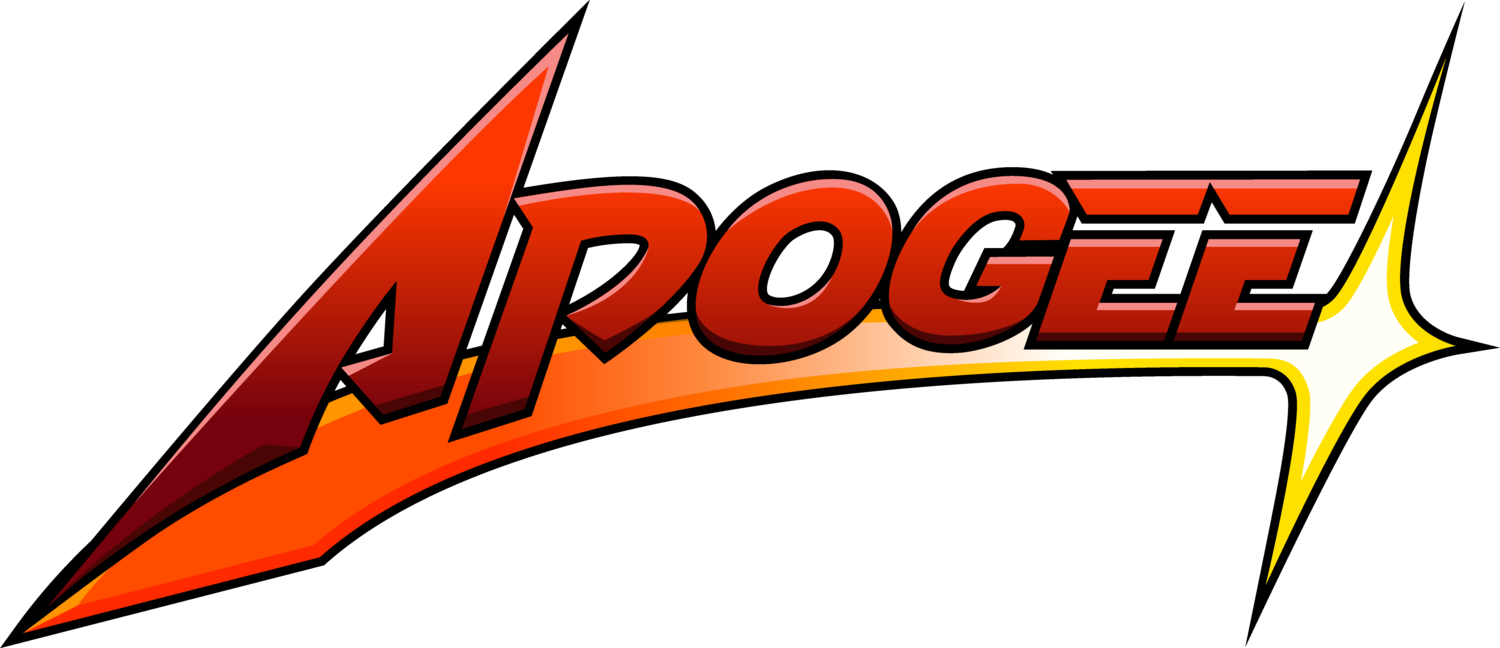Apogee’s Pioneering Legacy
Apogee got its official start in 1990, that's when I legally registered the company name. Given that we've been around a long time, it should be expected that we pioneered a thing or two, so I thought it'd be fun to list a few...
We got rid of game lives ✓
The first game we did this with was released in 1990, a CGA (four color) game called Monuments of Mars. I designed all the levels of the first episode for this game, and while playtesting the game it occurred to me earning lives in this game didn't make any difference because when you died you just restarted the level you were on, and the way the save game worked it didn't save WHERE you were on the level, it just saved the level number and when you loaded in a save game it simply restarted the level.
So, I reasoned that our save function made the concept of lives totally obsolete, and we dropped lives. And it worked out great!
From that point onward we didn't release games that had lives that I can remember, except for Wolfenstein 3D--Id still wanted to have lives in that game for some reason, but with Doom they also dropped the concept of lives.
Episodic releases and demos ✓
The most important innovation that allowed Apogee to succeed was releasing demos of our games, and these shareware demos advertised the full version. No one was doing this before us. Soon after, dozens of other indie developers starting doing this too.
First indie publisher ✓
Apogee was the first publisher of indie games. We operated completely under the radar of all the huge retail publishers of the day, including EA, Broderbund, Microprose, Sierra Online, Acclaim, Interplay and Virgin Interactive. We typically found teams of 1 to 5 people, funded the development of their games, then released the shareware demo version online. We would take orders (via mail or our 800#, both listed within the shareware demo), processed them and shipped them worldwide. At our peak, we had about 12 people full-time just to handle orders. Eventually this order fulfillment operation got too big for us and we outsourced it to a third-party company.
First 3D shooter game ✓
Well, almost. Softdisk gets that honor with Hover Tank, but Apogee and Id's release of Wolfenstein 3D via shareware, ignited a global explosion and truly kicked off the First Person Shooter genre.
First talking FPS character ✓
How did we compete with Id Software's Doom? We gave our lead character the personality of an 80's action star, and even better, we gave him a voice. Duke Nukem 3D broke a lot of new ground, like with interactive environments (another big first for us), but it was Duke's bravado attitude that set him apart.
Bullet-time ✓
Believe it or not, the bullet-time feature of Max Payne was not planned from the start. It came along much later in the project and shows real collaborative design from Remedy (the developer) and Apogee.
I was in Finland in 1999 visiting Remedy and they excitedly showed me a new feature they added: When you kill the final bad guy in a group of bad guys, the game would show that final bad guy dying in slow motion. And wow, this was super cool. But my immediately thought was, how can we turn this slow motion coolness into actual gameplay! So I asked Remedy if they could experiment with giving the player a way to activate slow motion mode. And they pulled it off brilliantly!
Portals ✓
We knew we had something special with Prey, which Apogee initially began development on in 1998. The portal idea was in place very early on, and we even had a portal gun that we showed off at our first E3 demo of the game. The released game, primarily developed by Human Head Studios, had portals as a key feature too.
So, a lot of firsts for Apogee! And there are a lot more too, but that's for another blog!




